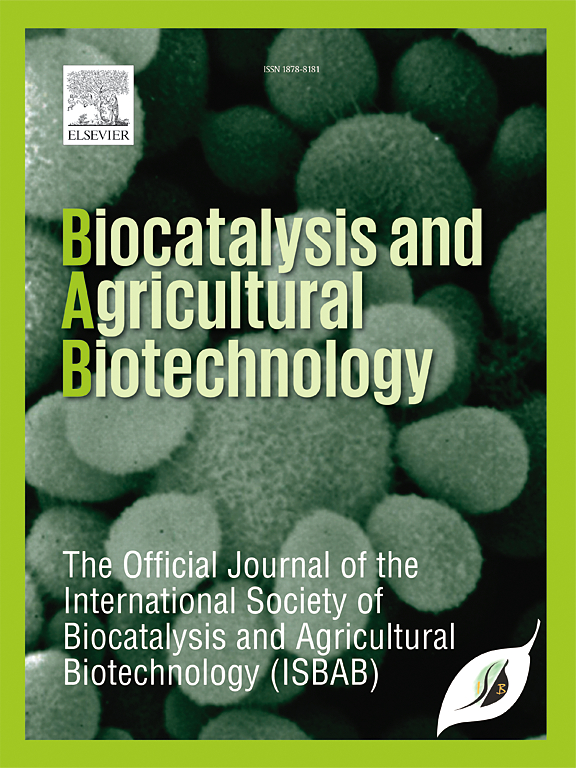Synthesis of silk sericin/silk fibroin/Moringa oleifera-based hydrogel with antibacterial activity
IF 3.4
Q2 BIOTECHNOLOGY & APPLIED MICROBIOLOGY
引用次数: 0
Abstract
Hydrogels with excellent antibacterial and mechanical properties represent ideal biomaterials for addressing skin defects, especially in burn wound dressings. In this study, PVA was combined with sericin (PVA/SS), fibroin (PVA/SF), sericin-Moringa oleifera (PVA/SS/MO), and fibroin-Moringa oleifera (PVA/SF/MO) to enhance the stability of the resulting hydrogel and have the antibacterial properties. Hydrogels were synthesized through freezing at −15 °C for 20 h and thawing at 5 °C for 4 h (freeze-thawing method), this process diminished residual waste substances and aligning with green chemistry principles. The FTIR analysis demonstrated that all hydrogel components were successfully blended. The resulting hydrogel had a rough surface with many uniform pores by SEM measurement. Hydrogels showed very hydrophilic properties with lower values of contact angle measurement with a range of 12 and 33°. The swelling properties of the hydrogel showed excellent performance and could absorb water for 5 days. The mechanical properties of the hydrogel were described as tensile strength of 0.29–0.77 MPa, tensile strain of 188–410%, elastic modulus of 0.18–0.72 MPa, and break elongation of 198–413%. Furthermore, PVA/SS/MO and PVA/SF/MO hydrogels display excellent antibacterial properties against Gram-positive (Staphylococcus aureus) and Gram-negative (Escherichia coli) bacteria. Thus, the developing hydrogel is expected to be a future candidate for addressing skin defect problems due to wound infection.
求助全文
约1分钟内获得全文
求助全文
来源期刊

Biocatalysis and agricultural biotechnology
Agricultural and Biological Sciences-Agronomy and Crop Science
CiteScore
7.70
自引率
2.50%
发文量
308
审稿时长
48 days
期刊介绍:
Biocatalysis and Agricultural Biotechnology is the official journal of the International Society of Biocatalysis and Agricultural Biotechnology (ISBAB). The journal publishes high quality articles especially in the science and technology of biocatalysis, bioprocesses, agricultural biotechnology, biomedical biotechnology, and, if appropriate, from other related areas of biotechnology. The journal will publish peer-reviewed basic and applied research papers, authoritative reviews, and feature articles. The scope of the journal encompasses the research, industrial, and commercial aspects of biotechnology, including the areas of: biocatalysis; bioprocesses; food and agriculture; genetic engineering; molecular biology; healthcare and pharmaceuticals; biofuels; genomics; nanotechnology; environment and biodiversity; and bioremediation.
 求助内容:
求助内容: 应助结果提醒方式:
应助结果提醒方式:


